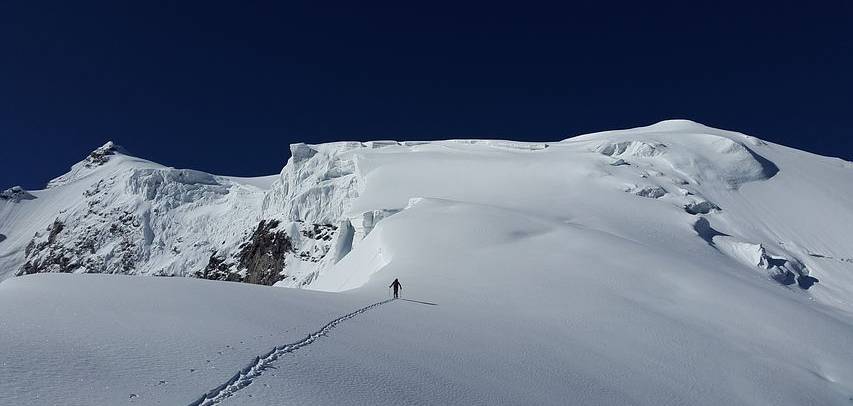
The glacier-capped mountains of South Asia, which provide billions of people with drinking water, are warming at an alarming rate, finds a new report from the United Nations Environment Programme (UNEP).
The region, known as the Third Pole for the massive amount of ice it contains, has been warming at almost twice the global mean, says A Scientific Assessment of the Third Pole. While the area is getting wetter for now, experts fear that in the decades to come, the retreat of glaciers may lead to water shortages across South and East Asia.
“We are seeing that some rivers are already past their peak water, while other rivers will be in the coming decades,” said Deliang Chen, one of the authors of the report and a professor at the University of Gothenburg. “In the long-term there is concern over scarcity of water.”
The Third Pole covers over 5 million square kilometres and stretches from Afghanistan in the west to China in the east. It includes the Pamir-Hindu Kush, the Himalayan, the Hengduan, the Tienshan and Qilian mountain ranges
The Third Pole has around 100,000 square kilometres of glaciers and feeds more than ten river systems and 12,000 lakes. It is named The Third Pole as it is the largest store of frozen water after the North and South poles. It is also known as the ‘Asian Water Tower’ as it provides water to over 2 billion people or 30 per cent of the world’s population.
This is a unique region. It needs to be protected.
Deliang Chen, Professor at the University of Gothenburg
The new report, produced by UNEP in collaboration with Third Pole Environment, Pan-TPE and the UNEP-International Ecosystem Management Partnership, finds that in the region permafrost is degrading, the growing season is expanding and lake levels have been increasing by 0.14m a year. Across the region, the seasons are becoming less reliable and extreme events, such as flooding, drought and ice collapses, are becoming more common.
“The disaster risk is increasing,” said Chen. “The changes between years and seasons is becoming greater.”
Most of the population of the Third Pole rely on agriculture for a living. Increased variability, flooding, drought and temperatures all put their livelihoods at risk, the report said.
Chen said, “it is very clear that man-made global warming is causing increased climate warming” at the Third Pole. The new UNEP study comes just weeks after the release of a landmark Intergovernmental Panel on Climate Change (IPCC) report that found the world is running out of time to avert a global climate catastrophe. Humanity, it said, must cut planet-warming greenhouse gas emissions by 50 percent by 2030 to keep warming under 1.5°C, considered a red line for the Earth.
The Third Pole report highlights the risks man-made climate change could have on the region’s native species. It is home to over 169 animals on the International Union for the Conservation of Nature (IUCN) Red List of Threatened species. Of those animals, 16 are critically endangered, 66 are endangered and 87 are marked as vulnerable. These include the snow leopard, the giant panda, the Tibetan antelope and the black-necked crane.
“This is a unique region,” said Chen. “It needs to be protected.”
Source
- PNUE
UNEP is at the forefront of supporting the Paris Agreement goal of keeping global temperature rise well below 2°C, and aiming for 1.5°C, compared to pre-industrial levels. To do this, UNEP has developed a Six-Sector Solution, a roadmap to reducing emissions across sectors in line with the Paris Agreement commitments and in pursuit of climate stability. The six sectors identified are: Energy; Industry; Agriculture & Food; Forests & Land Use; Transport; and Buildings & Cities.
Posted on 2022-04-29 10:15








Comments